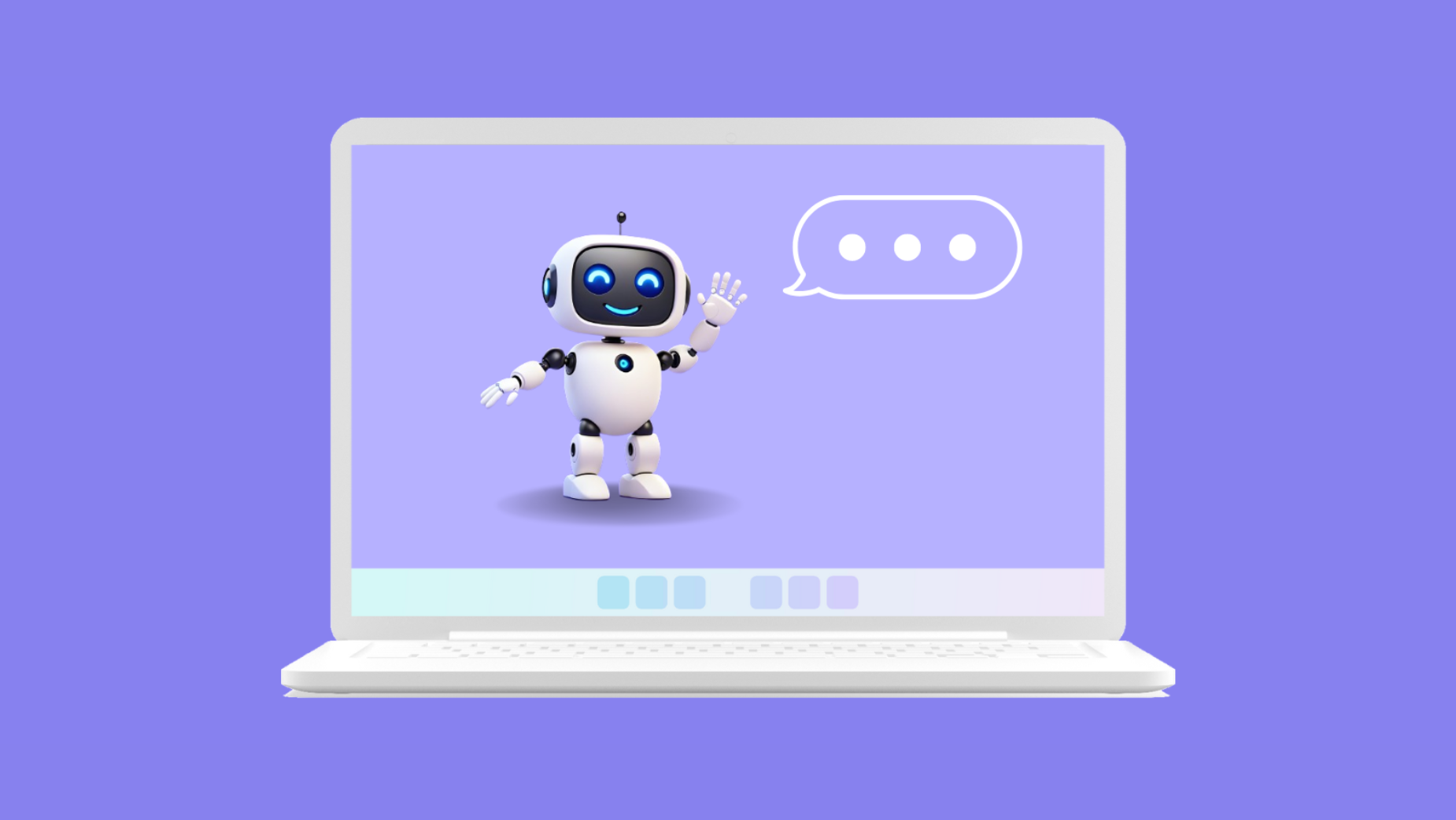
The Dos and the Don'ts of Anthropomorphising AI Chatbots

Anthropomorphism
Anthropomorphism is the tendency to attribute human characteristics to inanimate objects, animals, and others with a view to helping us rationalise their actions (p.180, Duffy, 2003). It can help facilitate social human-nonhuman interaction and can help fulfil a human’s need for social connection and control and understanding of the environment (Blut et al., 2021). Humans tend to anthropomorphise cars, electronics, and their pets! With the growing use of AI powered chatbots, a whole new criterion of inanimate objects for us to anthropomorphise is being created.
Since anthropomorphism can help facilitate social interaction between consumers and chatbots, it may be prudent for companies to make it as easy as possible for consumers to do so. Especially because anthropomorphising chatbots increases the extent to which people perceive the chatbot to be alive, intelligent, and safe, which, in turn, increases the intention to engage with the chatbot (Blut et al., 2021).
Who benefits?
Not all consumers are equally likely to anthropomorphise the chatbots they engage with. Interestingly, the two types of consumers that are most likely to anthropomorphise chatbots are direct opposites to each other.
The first group are younger consumers who have an affinity with technology and anthropomorphise chatbots because they feel comfortable with them. The second group are older consumers who dislike technology and anthropomorphise chatbots because they want to regain a semblance of control over the interaction (to increase the feeling that they are talking to a human).
Taking these interesting research findings into account, companies should carefully consider the situations in which to facilitate anthropomorphism of their chatbots. Companies in industries such as gaming and fashion that primarily target a younger audience might benefit from having chatbots that are easier to anthropomorphise. Similarly, services that cater towards older consumers might benefit from chatbots that are easier to anthropomorphise. However, one thing to keep in mind is that, whereas younger consumers will potentially have no qualms about being assisted through a chatbot, older consumers undoubtedly will prefer human interactions. Hence, it is advisable not to outsource interactions with older consumers to chatbots unless necessary.
Design
It is relatively straightforward to facilitate AI chatbot anthropomorphism from a design perspective (Novak & Hoffman, 2019). Something as simple as giving the chatbots a name like Alexa or Sir, or something slightly more complex like designing intricate avatars, or a unique voice can all increase the ease with which consumers perceive these chatbots as more humanlike.
However, research shows that there is more to chatbot design than just anthropomorphism. For example, consumers are more likely to comply with conversational chatbots than non-conversational chatbots (i.e., when the interaction resembles a conversation). Additionally, chatbots are better at building relationships when they are interactive (give customers individual attention), provide relevant information, are accessible (convenient and efficient to use), customisable (meet the personal needs of customers), and entertaining (fun and enjoyable). Female voices tended to perform better than male voices at driving usage intention as well. Finally, an appropriate match between social cues and the task is crucial at improving people’s acceptance of and cooperation with a chatbot (i.e., a financial service or health chatbot should provide concise and clear information and not be overly playful).
Limitations of Chatbots
Finally, there are some key limitations to consider when it comes to AI chatbots usage. Consumers often assume chatbots will not provide accurate and reliable information. For example, past research shows that 79.7% less purchases were made over the phone from a chatbot than a sales agent. This can create a significant long-term problem for companies that overzealously invest in chatbots to take over part of the sales funnel. Additionally, the anthropomorphism of AI chatbots does not (yet) lead to establishing a rapport with consumers. Until chatbots can build a memory of individual interactions and draw on past experiences for future interactions they cannot replace human connection it seems.
Some companies have found out the hard way that chatbots are not yet the be all and end all. Air Canda was forced by a court to uphold the promises their AI powered chatbot had made to a customer about their flight, and DPD’s chatbot even ended up swearing at a customer. These limitations go well beyond the perceived anthropomorphism of AI powered chatbots, so it seems like companies need to fix some more fundamental issues first before focusing on how humanlike their chatbots come across. But the growing ubiquity of chatbots means that are part of our world now and making it as convenient as possible to interact with them is important.
References:
Blut, M., Wang, C., Wünderlich, N. V., & Brock, C. (2021). Understanding anthropomorphism in service provision: a meta-analysis of physical robots, chatbots, and other AI. Journal of the Academy of Marketing Science, 49, 632-658.
Duffy, B. R. (2003). Anthropomorphism and the social robot. Robotics and Autonomous Systems, 42(3–4), 177–190.
Hildebrand, C., & Bergner, A. (2021). Conversational robo advisors as surrogates of trust: onboarding experience, firm perception, and consumer financial decision making. Journal of the Academy of Marketing Science, 49, 659-676.
Cheng, Y., & Jiang, H. (2022). Customer–brand relationship in the era of artificial intelligence: understanding the role of chatbot marketing efforts. Journal of Product & Brand Management, 31(2), 252-264.
2003 Goetz, S. Kiesler and A. Powers, "Matching robot appearance and behavior to tasks to improve human-robot cooperation," The 12th IEEE International Workshop on Robot and Human Interactive Communication, 2003. Proceedings. ROMAN 2003., Millbrae, CA, USA, 2003, pp. 55-60.
Xueming Luo, Siliang Tong, Zheng Fang, Zhe Qu (2019) Frontiers: Machines vs. Humans: The Impact of Artificial Intelligence
Chatbot Disclosure on Customer Purchases. Marketing Science 38(6):937-947.















